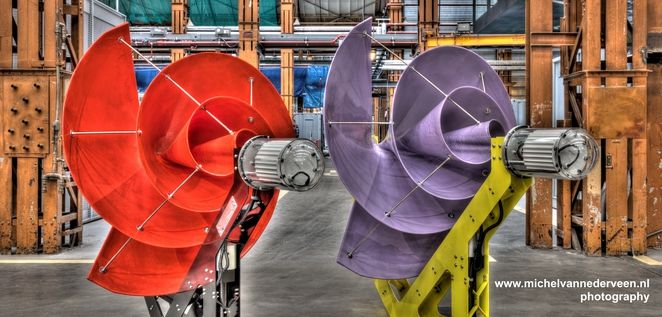GlobalData report: Worldwide cumulative wind power capacity to more than double by 2020, from "319.6 GW in 2013 to 678.5 GW by 2020, says research and consulting firm GlobalData." China added 45% of the total global capacity addition in 2013.
The report, "Wind Power Update, 2014," confirmed that China remains the largest single wind power market. The country is expected to have a cumulative wind capacity of 239.7 GW by 2020, according to GlobalData. If you recall, China overtook the US as the leading market for installations in 2010, when it added a massive 18.9 GW of wind capacity.The growth of wind power in the U.S. is still largely driven by state renewable energy targets. For example, Alaska plans to generate 50% of its power generation by 2025, and Texas plans to achieve 10 GW by 2025.“China doubled its cumulative wind capacity every year from 2006 to 2009, and has continued to grow significantly since then," said Harshavardhan Reddy Nagatham, GlobalData’s analyst covering alternative energy. "Supportive government policies, such as an attractive concessional program and the availability of low-cost financing from banks, have been fundamental to China’s success."
While China will continue to be the largest global wind power market through to 2020, growth for the forecast period will be slow due to a large installation base, Nagathan adds. The report also states that the US will remain the second largest global wind power market in terms of cumulative installed capacity, increasing from 68.9 GW in 2014 to 104.1 GW in 2020.
Tuan C. Nguyen of the Washington Post writes Is this odd-looking wind turbine the most efficient you can buy?
And here's an update on the Liam F1 Urban Wind Turbine, from the Deutch firm, The Archimedes, that now has a full name, and release date, since I wrote about it on June 2, in, New silent wind turbine could generate half of a homes electric needs, says company The Archimedes. The Liam F1 Urban Wind Turbine, will be available on July 1, for €3,999 (about $5,450)
One disadvantage of the traditional three blade wind generators is that the turbines need to be positioned to be facing directly into the wind for full efficiency. The Liam F1 can automatically adjust itself to catch wind from any direction.
The Archimedes, a Dutch-based tech firm, says that its Liam F1 Urban Wind Turbine can do for your home what these towering structures have done for the electric grid and turn as much as 80 percent of harness-able energy from wind into electricity, a conversion rate on par with the world’s top performing systems. What’s more, it’s claimed to be much quieter, relatively compact and more affordable than competing technologies. The turbine’s also designed to one-up conventional windmills with its ability to capture wind coming in from multiple directions.While the unit's 1,500 kilowatt-hours a years output at 5 meters a second, can supply a third of the usage of a home in the Netherlands, as many readers pointed out in my previous post the average American residential user consumes approximately 11,000 kilowatt-hour.Conceptually, the Liam F1 works similar to other horizontal axis power generators and features a front-facing rotor to take advantage of lift. But instead of airplane-inspired wing blades, the design takes after the Archimedes screw pump, a helix-patterned pipe used in ancient Greece to pump water up from a deeper source. Opting for a blade that fans out from the front to back in the shape of a cone-like spiral allows it to swivel and collect gusts that enter at angles as wide as 60 degrees from the axis.
One of the big advantage of this odd design is that the lack of space between blades reduced wind turbulence and vibration that make traditional wind turbines noisy, a big issues for residential areas. The Liam 1 is rated at 42 decibels, which the company says is "quieter than the sound of people talking.”
Since finalizing a production version of the Liam F1, Mieremet says he’s received around 7,000 orders, 35 of which have been set up for residential buildings in Spain, the Dominican Republic and the Netherlands. He’s also been batting around the idea of scaling up the technology to build a 20-foot industrial version as he prepares for the company’s official product launch, slated for July 1. The Liam F1 is expected to sell for €3,999 (about $5,450).While this design seems excellent and clever, this price seems high and will probably need to come down a bit before this product really takes off. But for a start up company to have 7,000 advance orders, before even opening for business is not a bad way to start off a new business.


